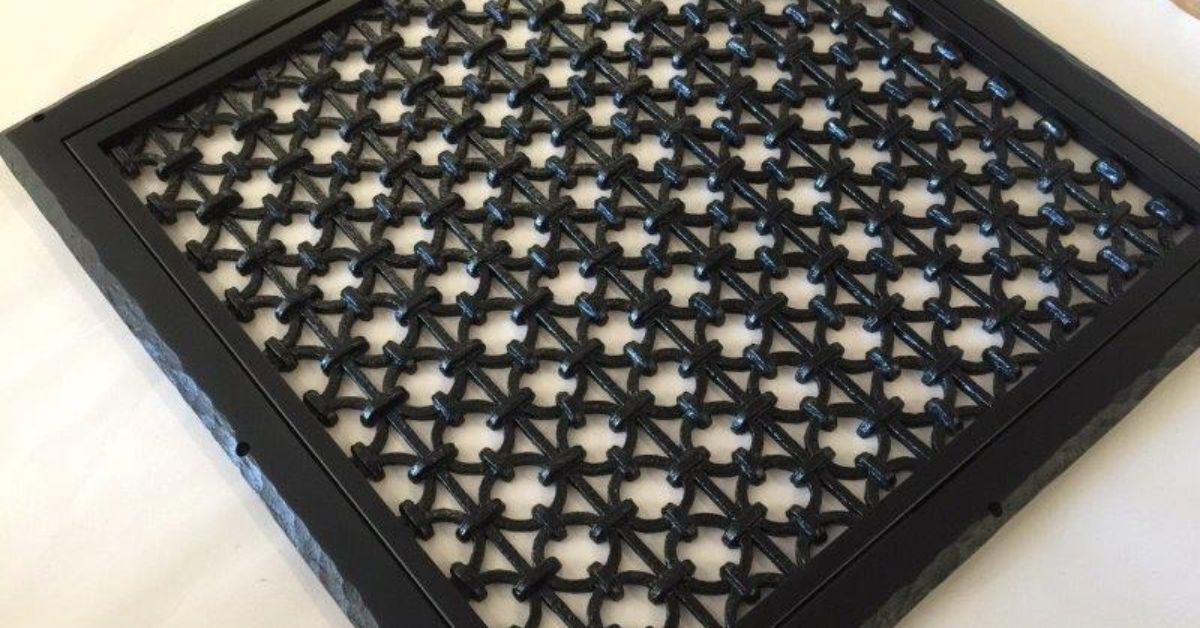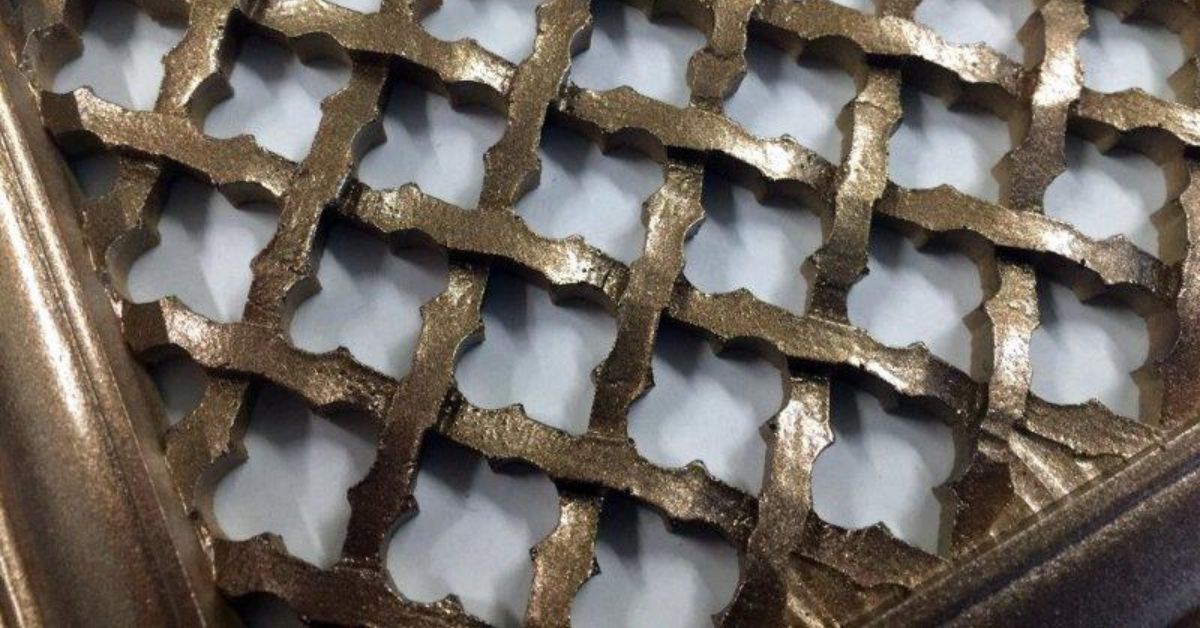When it comes to heating, ventilation, and air conditioning (HVAC) systems, two components that often get overlooked are grilles and registers.
Although they may appear similar, understanding the differences between grilles versus registers can help you determine which best fits your space. Whether you're upgrading your system or starting from scratch, this guide explores the key distinctions to help you make an informed decision.
Why Vent Covers Matter in Your Home
Vent covers, like grilles and registers, play a fundamental role beyond just aesthetics. Here are a few reasons to prioritize them in your home:
- Control Airflow: They direct and regulate the flow of air entering or leaving a room.
- Energy Efficiency: They prevent air leaks and ensure your HVAC system cools or heats spaces effectively.
- Improved Air Distribution: They optimize climate control for better comfort.
- Protection: They help keep debris, dust, and small objects from entering ducts.
- Aesthetics: They add a polished touch that complements your home decor.
Now that we know why they matter let's explore the differences!
Definitions and Basic Functionality
Grilles are vent covers primarily designed to allow air to flow in or out of ducts. They're typically fixed, providing no adjustable airflow control. Commonly found on return vents, they're vital for maintaining consistent airflow throughout your home.
Registers are similar to grilles but come equipped with adjustable dampers, or louvers, behind the cover. This setup allows you to control the direction and volume of air, making registers ideally suited for supply vents that blow air into a room.
Adjustability and Airflow Control
The primary difference between grilles and registers lies in their adjustability and ability to control airflow. Grilles typically lack adjustable dampers, allowing air to pass freely without directional control. On the other hand, registers come with built-in adjustable dampers, allowing users to control both the airflow direction and volume in a room.
This adjustability makes registers particularly useful in regulating the comfort of individual spaces, ensuring optimal temperature and ventilation in specific areas of your home.

Design and Aesthetic Variety
Available in various designs and styles, these fixtures can complement any interior design choices. From sleek, modern designs with clean lines to intricate, ornate patterns that complement traditional decor, there are numerous options to suit individual preferences.
Many manufacturers also offer custom finishes and colors, allowing homeowners to integrate grilles and registers into their existing design scheme seamlessly. This versatility ensures that while maintaining airflow efficiency, these elements can also serve as subtle yet impactful design accents in any room.
Installation and Placement
When installing these vent covers, consider the room's airflow requirements and the location of the HVAC ducts. Floor registers should be positioned away from heavy foot traffic to prevent wear and damage. Wall and ceiling grilles should be aligned to optimize air distribution.
Strategic placement should enhance the room's layout, ensuring that the grilles or registers do not obstruct furniture or create visual imbalances. Professional installation is recommended to ensure a precise fit and prevent issues such as air leaks or uneven airflow.
Material Composition and Durability
Common materials include aluminum, steel, and plastic resin, each offering distinct advantages. Aluminum and steel are often favored for their durability, resistance to wear, and ability to withstand high-traffic areas, making them ideal for commercial and industrial spaces.
Plastic resin, on the other hand, provides a lightweight and cost-effective option suitable for residential settings. Most quality materials are typically coated with protective finishes that resist corrosion, scratches, and discoloration, ensuring long-lasting performance and appearance.
Maintenance and Cleaning Requirements
Regular cleaning with non-abrasive solutions helps prevent the buildup of dirt, grime, and other contaminants that can degrade the surface. For metals, using a soft cloth and mild detergent is recommended to avoid scratches and corrosion.
Resin materials can be cleaned with warm water and gentle soap to maintain their finish and prevent discoloration. Periodic inspections should be conducted to identify any signs of wear, such as cracks, peeling, or rust, and address them promptly to avoid further damage.
Cost and Budget Considerations
Strive to strike a balance between affordability and durability to ensure long-term value. Higher-quality materials often come with a steeper upfront cost but can result in reduced maintenance and replacement expenses over time.
For budget-conscious projects, seeking alternative options that mimic premium materials without sacrificing performance can be a viable solution. Additionally, evaluating the total cost of ownership, including installation, upkeep, and lifecycle, helps in making informed decisions that align with financial constraints.
Noise Levels and Acoustics
Materials with sound-absorbing properties can significantly reduce noise pollution and improve overall acoustic performance. For example, incorporating insulated walls, carpets, and acoustic panels can help reduce sound transmission between rooms, creating a quieter and more comfortable environment.
Understanding the acoustic properties of materials ensures that functional requirements are met without compromising on design aesthetics or budget constraints. Proper planning for acoustics contributes to a cohesive and harmonious space that caters to both practical and auditory needs.

Energy Efficiency and Performance
Energy efficiency is an increasingly important aspect of modern building design, directly impacting operational costs and environmental sustainability. By integrating energy-efficient materials, such as high-performance insulation, energy-saving windows, and LED lighting, buildings can significantly reduce their energy consumption.
Additionally, incorporating advanced technologies, such as smart thermostats and energy management systems, enables precise control over energy use, thereby optimizing performance throughout the day. Renewable energy solutions, such as solar panels or geothermal systems, further enhance efficiency while lowering the carbon footprint.
Building Codes and Compliance
Building codes are designed to ensure the safety, durability, and energy efficiency of structures while protecting the well-being of occupants. Compliance involves following regulations that address aspects such as structural integrity, fire safety, electrical systems, and accessibility.
Many jurisdictions incorporate energy efficiency requirements into their building codes, promoting the use of sustainable materials and systems. Staying up-to-date with local, state, and national building codes prevents legal and financial repercussions, ensuring that projects meet modern standards for safety and performance.
Which One Fits Your Space and Needs?
Choosing the right design, materials, and systems for your project requires careful consideration of both the physical space and your specific needs. Start by assessing the dimensions, layout, and functionality of the area to determine what options align with your goals.
Consider factors such as energy efficiency, budget constraints, and maintenance requirements to ensure the chosen solutions are practical and sustainable for the long term. Consulting with experts or leveraging design software can also help visualize the final outcome and confirm you’re making the best choice for your project.
Make the Right Choice Today
Grilles and registers may seem like minor details in your home, but their functionality and design can make a big impact. By understanding the differences betweena grilles versus registers and deciding which fits your space, you can confidently select the right option and enhance your HVAC system's performance.
If you're ready to take the next step and explore the best options for your space, Majestic Vent Covers is here to help. Whether you're looking for sleek grilles or multi-functional registers, we can offer tailored recommendations to help you find the best fit. Check out our round vent covers as well, to see how the right details can transform any space.

